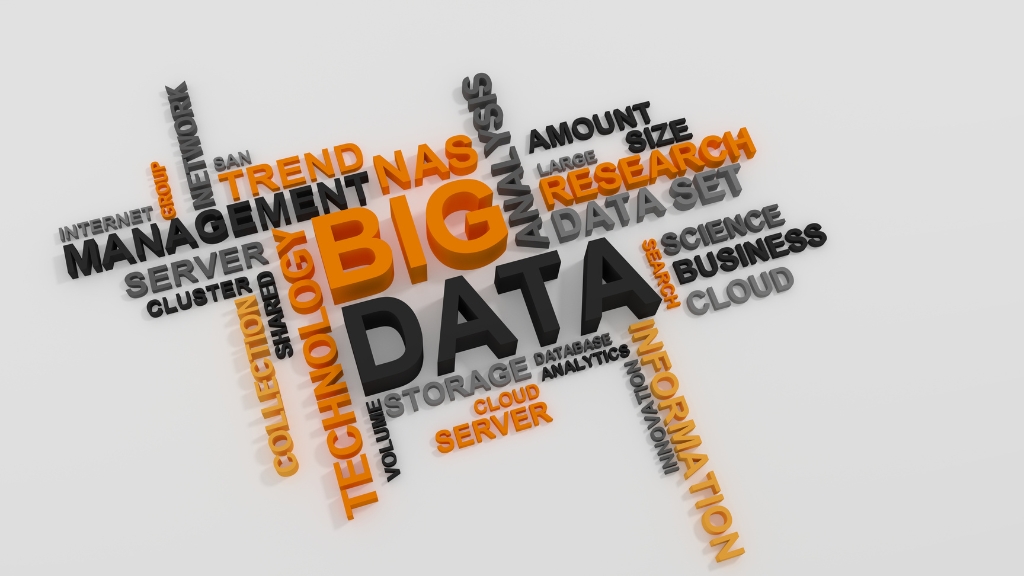
How do informational reports and analytical reports differ?
Reports are essential in the business world, and they are used to communicate data, findings, and recommendations. There are two main types of reports that are commonly used: informational reports and analytical reports. Although both reports are used to convey information, they serve different purposes, and it is important to know the difference between them. In this blog, we will explore the differences between the two reports and how they are used.
Purpose
Informational reports are used to provide facts, data, and other information without any analysis or interpretation. They are typically used to inform readers of any current events, updates, or statuses. These reports are usually brief and concise and usually have no sections like an executive summary and conclusion. On the other hand, analytical reports are used to examine a particular situation or issue and provide a detailed analysis of the data gathered. The purpose of analytical reports is to give readers a better understanding of the information presented and provide recommendations for decision-making.
Structure
Informational reports are relatively simple in structure and generally straightforward to read with a few sections that allow the reader to quickly scan the information. These reports tend to be brief, upfront, and usually lack depth, analysis, or interpretation. On the other hand, analytical reports have a specific structure, which includes an executive summary, introduction, methodology, results, discussion, and conclusion. The executive summary gives readers an overview of the report, while the methodology provides an in-depth explanation of how the data was gathered and analyzed. The results section analyzes data and provides recommendations for action, and the conclusion summarises the report’s purpose and findings.
Use of Data
Informational reports use data to provide facts, updates, or statistic information, and do not offer any analysis or interpretation of the data. Contrarily, analytical reports gather, interpret, and analyze data before providing recommendations for action. Since analytical reports provide a detailed analysis of the data, they tend to present the raw data, charts, and graphs that support the findings in the report.
Tone and style
Informational reports tend to have a neutral tone and factual style and are designed for quick and easy consumption of information. They are written in a clear and simple language that requires no additional interpretation or analysis. On the other hand, analytical reports tend to have a more formal tone, a more in-depth explanation of the data, and typically use more complex and sophisticated language. Because an analytical report provides critical information of a particular situation, the tone of the language is of utmost importance, and accuracy is crucial.
Conclusion:
In conclusion, both informational and analytical reports are used to convey information, but they serve different purposes, have different structures, and use different tones and styles. Informational reports are generally straightforward and brief, while analytical reports are in-depth and detailed. While they both share some similarities, understanding the differences between the two will help with providing accurate information that informs the readers in an appropriate and effective way.
Leave a Reply
- AI in Diagnostics: Revolutionizing Early Detection and Accuracy
- How AI and Advanced Analytics Are Transforming Healthcare Outcomes
- Investing with Confidence: The Role of ROI Calculators
- How ROI Calculators Drive Data-Driven Business Strategies
- The Ultimate Guide to ROI Calculators for Business Success
- Making Sense of ROI Calculators: A Comprehensive Guide
- June 2025 (1)
- May 2025 (1)
- October 2024 (2)
- September 2024 (31)
- August 2024 (31)
- July 2024 (27)
- June 2024 (28)
- May 2024 (30)
- April 2024 (33)
- March 2024 (23)
- February 2024 (29)
- January 2024 (3)
- December 2023 (47)
- November 2023 (36)
- October 2023 (23)
- September 2023 (2)
- June 2023 (2)
- May 2023 (13)
- April 2023 (1)




